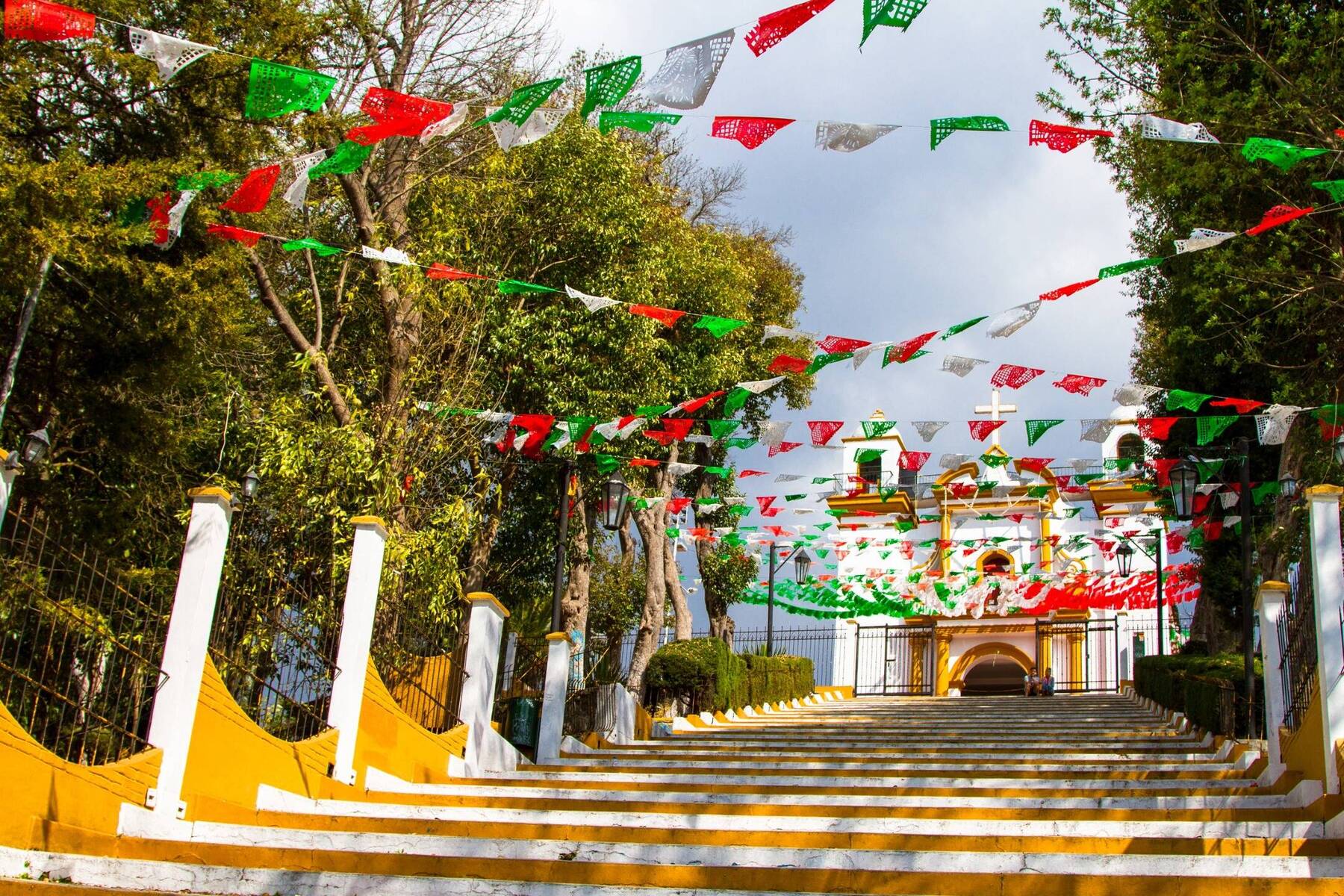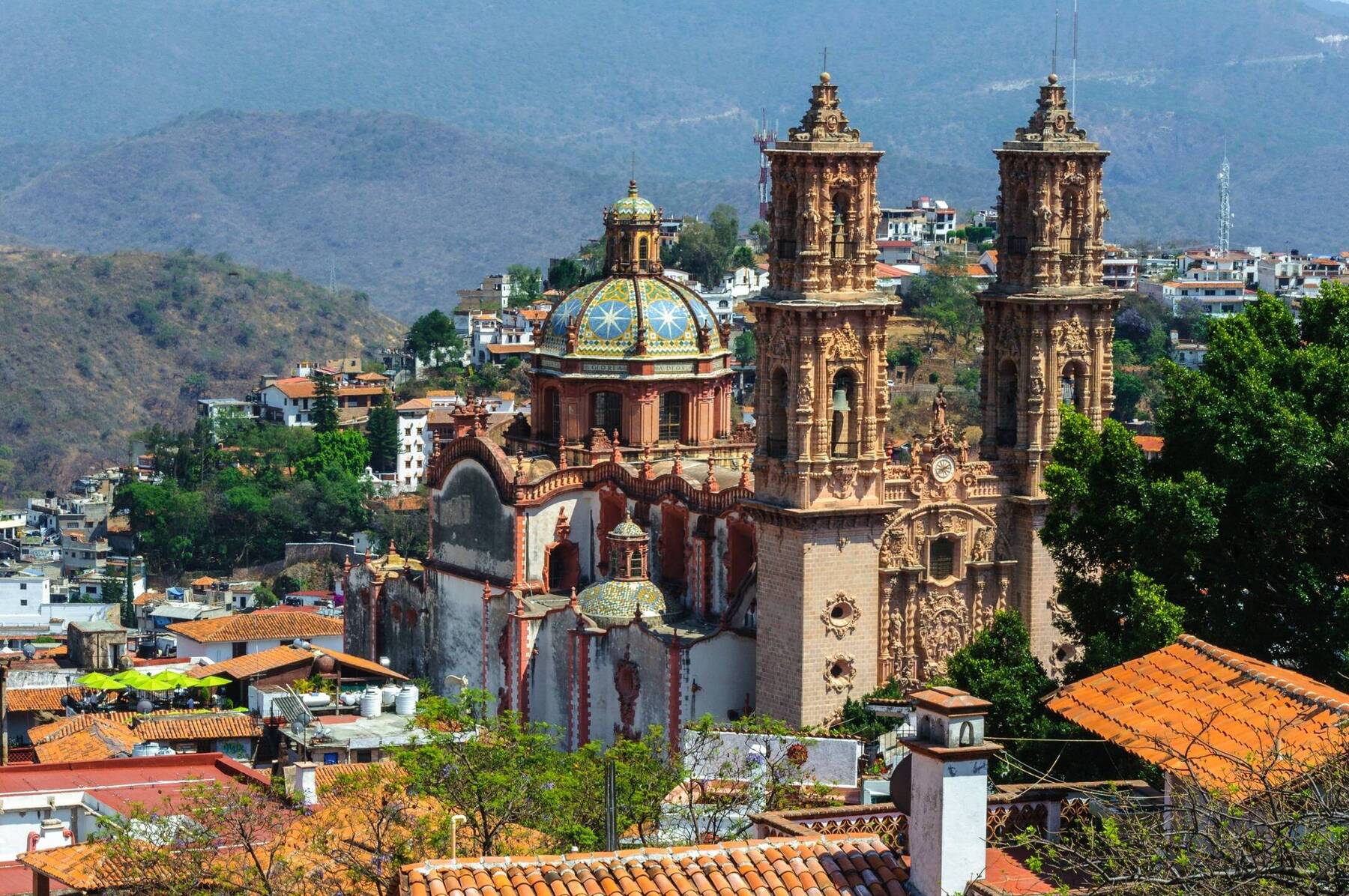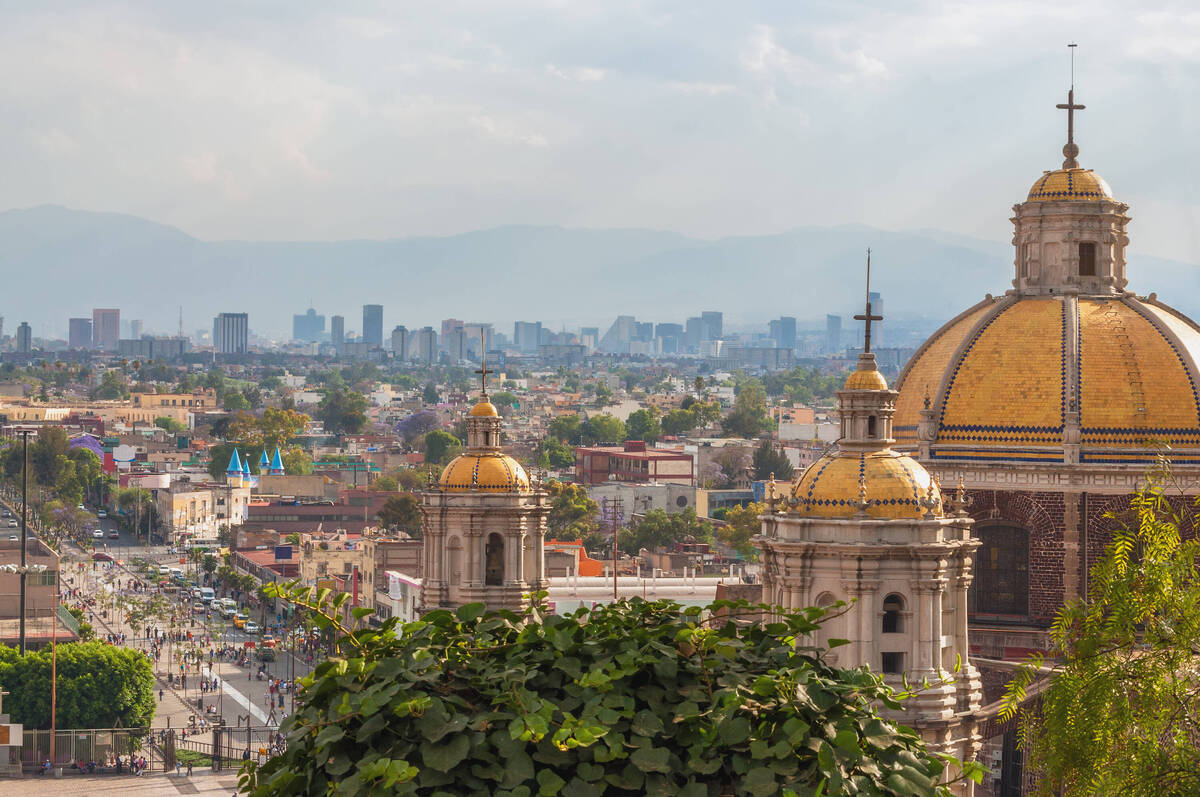San Cristóbal de las Casas
Situated in the remote and rugged highland region of Chiapas, San Cristóbal de las Casas is one of the larger towns to be named a pueblo mágico and yet its cobbled streets and spire-studded skyline mean that it’s bursting with old-school charm. Nestled in a jungle valley, San Cristóbal is surrounded by densely forested mountains, and the best way to get a sense of the town’s isolated location is by walking between the two hilltop churches of Templo de Guadalupe to the east and Templo de San Cristóbal to the west. Ascending the winding staircases leading to these two attractive religious sites might leave you feeling a little breathless, but the views are definitely worth it – from the lush countryside to the rows of coloured flags that flutter overhead.























Comments